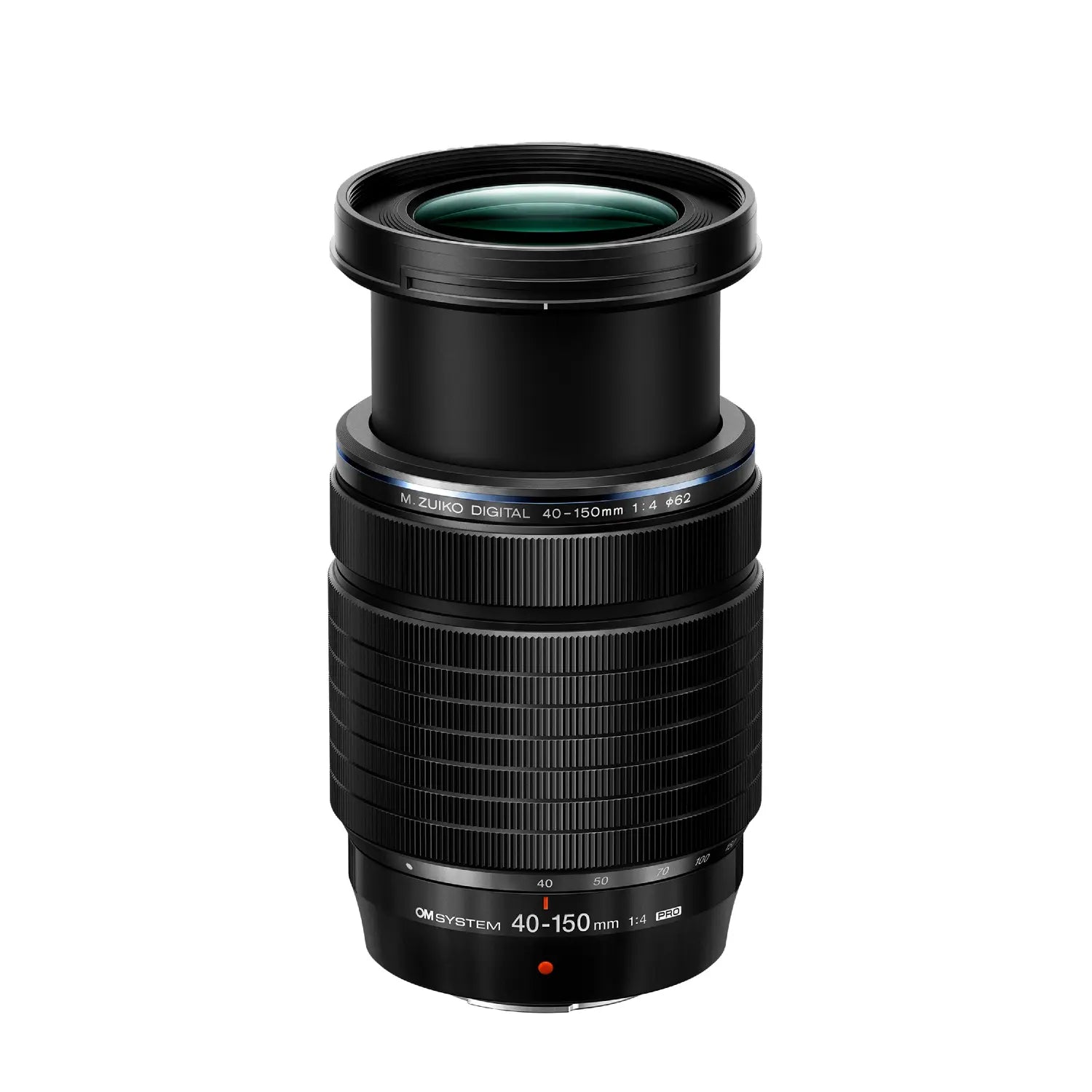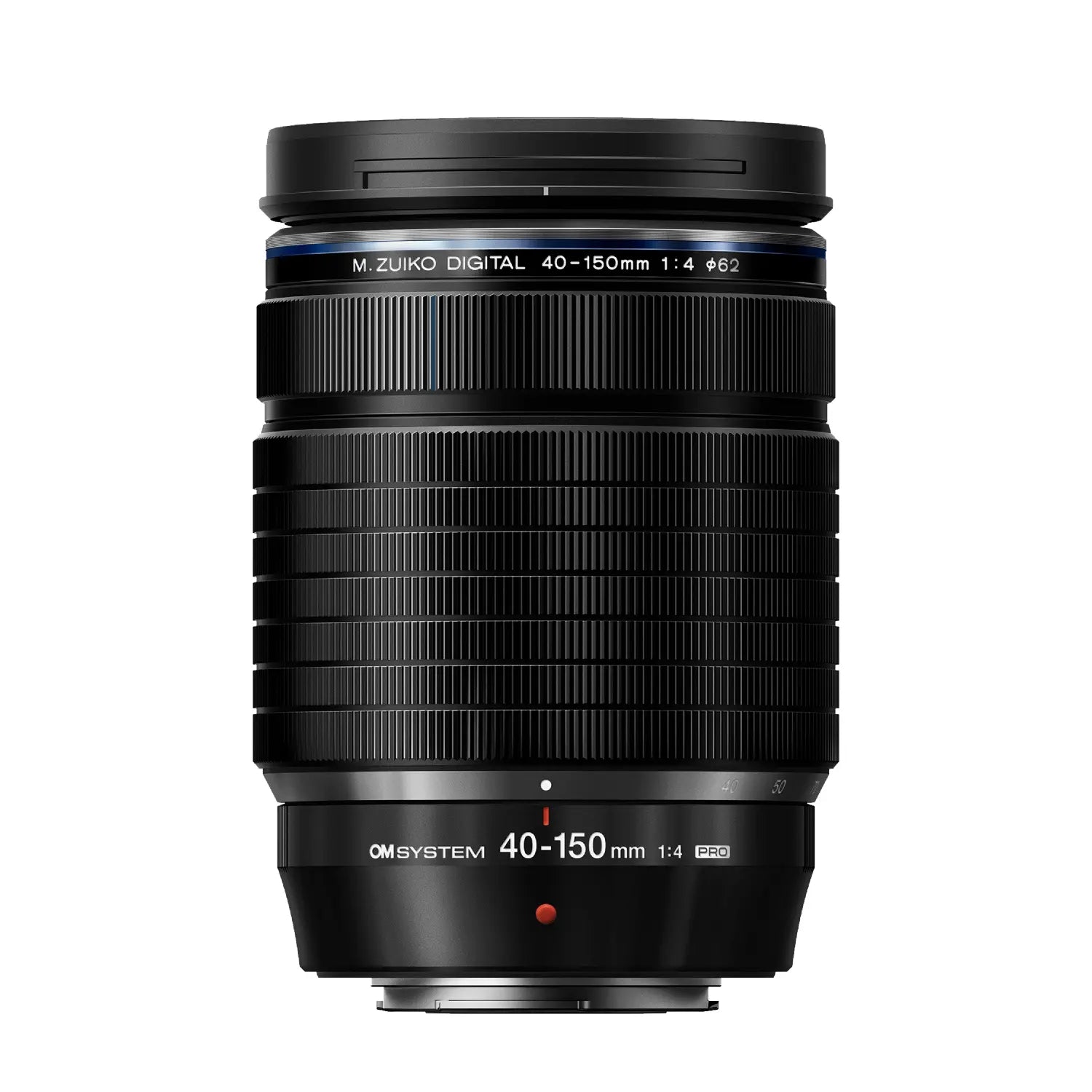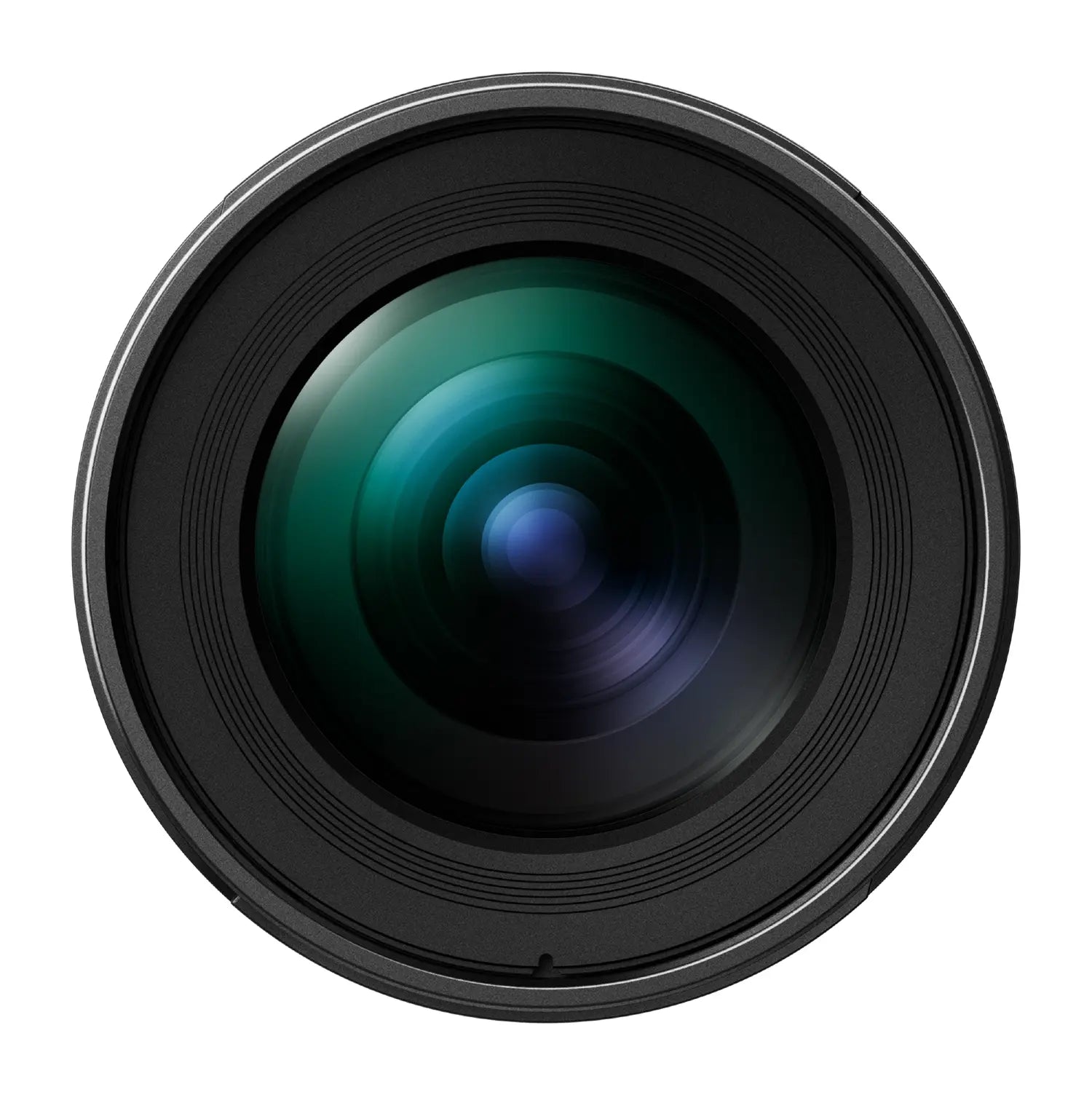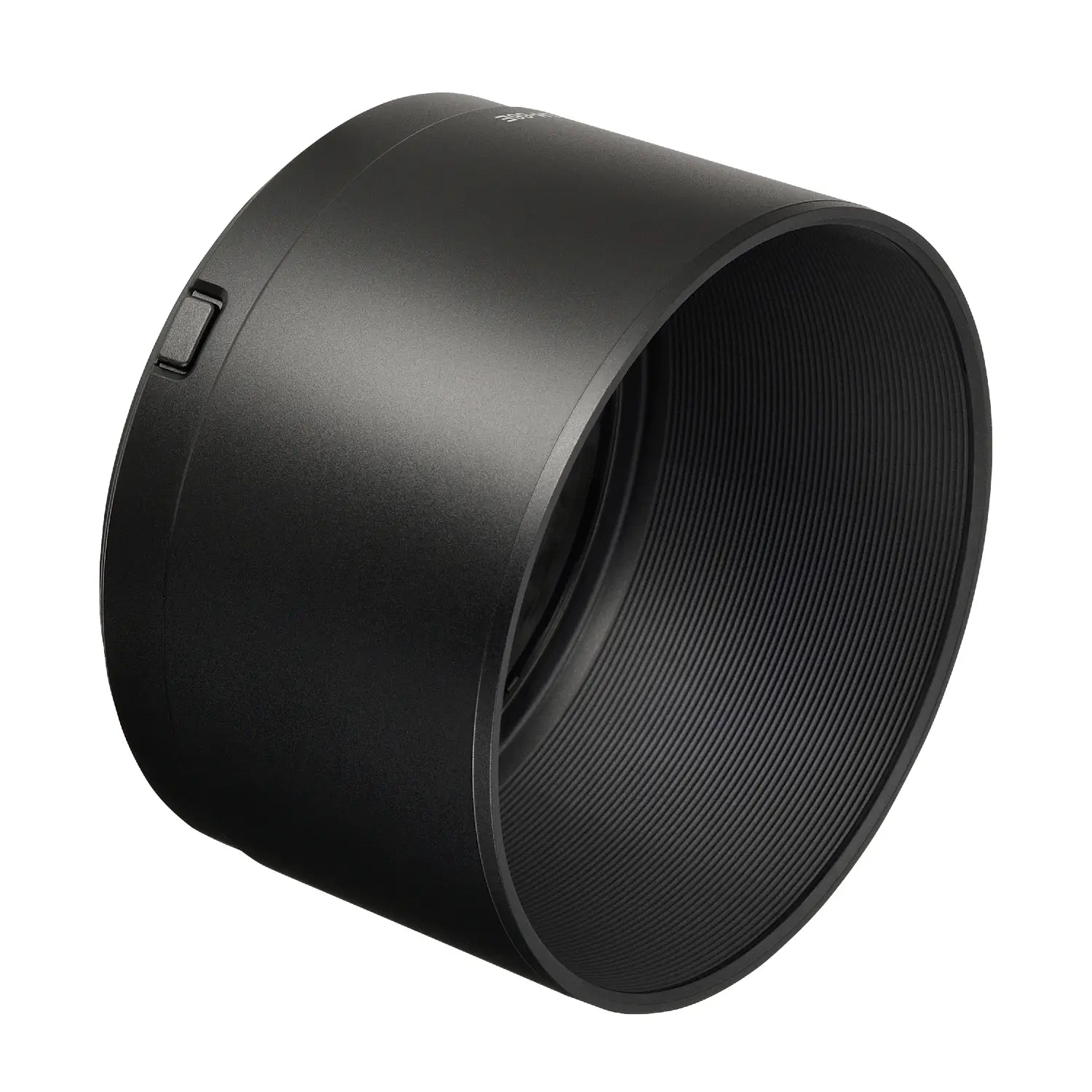OM SYSTEM Winter Cashback Promotion 2025

Discover the perfect opportunity to upgrade your photography gear with exclusive cashback offers across a wide range of OM SYSTEM cameras and lenses. Whether you’re stepping into the OM SYSTEM ecosystem for the first time or expanding your current setup, this limited-time promotion makes it easier than ever to invest in premium quality and performance.
Enjoy peace of mind with a 5-Year Total Warranty on all featured products — ensuring lasting protection and confidence in every shot. From lightweight mirrorless cameras to professional-grade lenses, the comprehensive OM SYSTEM lineup has something for every creator, adventurer, and storyteller.
Claim your cashback, enjoy extended warranty coverage, and capture more with OM SYSTEM.
Product Description
OM System M.Zuiko 40-150mm F4 PRO Lens
The OM System M.Zuiko 40-150mm F4 PRO Lens is the world’s most compact and lightweight telephoto zoom lens, delivering exceptional resolution and portability. Designed for professionals and enthusiasts alike, this lens is perfect for capturing a wide range of subjects, from distant landscapes to detailed close-ups, with outstanding image quality.

Key Features
Exceptional Optical Performance
- High Resolution Across the Zoom Range: Delivers excellent clarity and sharpness from 80mm to 300mm (35mm equivalent).
-
Advanced Lens Elements: Features 15 elements in 9 groups, including:
- 2 ED lenses
- 1 Super ED lens
- 1 HR lens
- 2 aspherical lenses
- ZERO Coating: Minimises ghosts and flares, ensuring clear performance even in challenging backlit conditions.

Compact and Lightweight Design
- World’s Most Compact Model: Measures only 99.4mm in length (124mm in use) and weighs just 382g.
- Inner Zoom System: Maintains the same lens length throughout the zoom range, improving balance and usability.
- Retractable Mechanism: Allows for easy storage and portability by simply turning the zoom ring.
Close-Up and Macro Capabilities
- Closest Focusing Distance: 70cm across the entire zoom range, offering versatility for various shooting situations.
- Maximum Magnification: Achieves up to 0.41x at the telephoto end for stunning close-up detail.
- Focus Stacking Support: Enables in-focus macro shots from front to back by compositing multiple images at different focal points when paired with compatible cameras.

Specifications
- Focal Length: 40-150mm (80-300mm equivalent)
- Aperture Range: Fixed f/4 aperture
- Optical Construction: 15 elements in 9 groups
- Coatings: ZERO (Zuiko Extra-low Reflection Optical) Coating
- Closest Focusing Distance: 70cm
- Maximum Magnification: 0.41x
- Weight: 382g
- Length: 99.4mm (retracted)

Why Choose the OM System M.Zuiko 40-150mm F4 PRO?
- Portability: Lightweight and compact design for effortless handling, making it ideal for travel and on-the-go shooting.
- Superior Optical Quality: Advanced lens elements and coatings ensure sharp, detailed images across the zoom range.
- Versatility: Perfect for wildlife, sports, landscapes, and macro photography.
- Enhanced Usability: Inner zoom system and retractable mechanism improve balance and storage convenience.

Order Your OM System M.Zuiko 40-150mm F4 PRO Lens Today
Experience the perfect blend of portability and performance with the OM System M.Zuiko 40-150mm F4 PRO Lens. Designed to meet the demands of professional and creative photography, this lens is your ultimate companion for capturing extraordinary moments. Take your photography to new heights with OM System!

| Focal Length | |
| Maximum Aperture | |
| Minimum Aperture | |
| Lens Mount | |
| Lens Format Coverage | |
| Angle of View | |
| Minimum Focus Distance | |
| Maximum Magnification | |
| Optical Design | |
| Diaphragm Blades | |
| Focus Type | |
| Image Stabilization | |
| Filter Size | |
| Dimensions (ø x L) | |
| Length at Maximum Extension | |
| Weight |
Payment & Security
Your payment information is processed securely. We do not store credit card details nor have access to your credit card information.





















